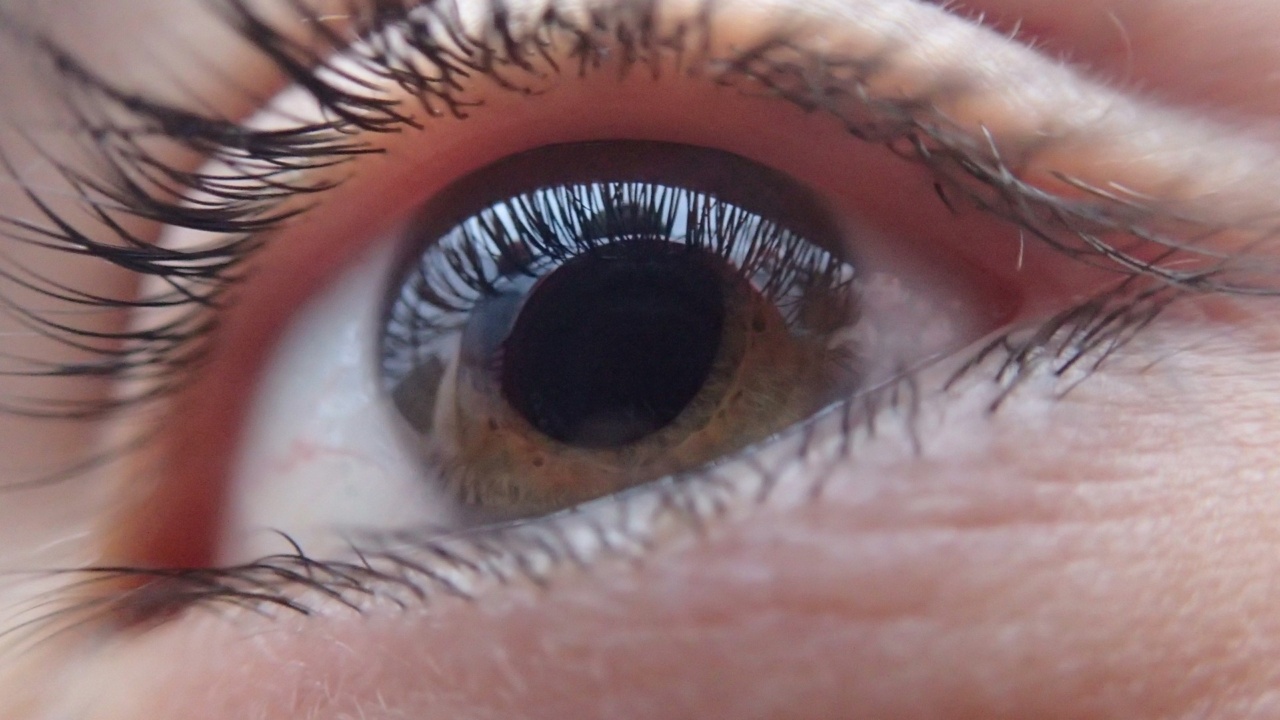Sexually transmitted diseases (STDs) are a prevalent health concern worldwide. Many types of STDs can affect the skin, leading to visible symptoms that can cause distress and concern for those affected.
In this visual guide, we will look at the most common STDs that affect the skin, their symptoms, and treatment options.
Herpes
Herpes is caused by two types of viruses: herpes simplex virus type 1 (HSV-1) and herpes simplex virus type 2 (HSV-2). Both types can cause genital herpes, although HSV-2 is more commonly associated with the condition.
Symptoms of herpes can include small, painful blisters that can appear on the genitals or anus. The blisters will eventually rupture, leaving open sores that can take several weeks to heal.
Recurrent outbreaks may occur, but antiviral medication can be used to manage symptoms and reduce the frequency of outbreaks.
Human Papillomavirus (HPV)
HPV is one of the most common STDs, with an estimated 79 million people in the United States infected. There are over 100 different types of HPV, some of which can cause genital warts.
Genital warts are small, fleshy growths that can appear on the genitals, anus, and surrounding skin. Treatment may involve the removal of warts by a healthcare professional, although some warts may disappear on their own.
There is also a vaccine available that can protect against certain types of HPV.
Syphilis
Syphilis is caused by the bacterium Treponema pallidum. The disease progresses in stages, each with its own set of symptoms.
The primary stage typically involves the appearance of a painless sore, called a chancre, at the site of infection (usually the genitals, anus, or mouth).
Secondary syphilis is characterized by a rash that can appear on the palms of the hands or soles of the feet, as well as flu-like symptoms.
The late stage of syphilis can lead to serious health problems, including damage to the brain, nerves, and other organs. Syphilis is treated with antibiotics, and testing is important for early detection and treatment.
Gonorrhea
Gonorrhea is caused by the Neisseria gonorrhoeae bacterium and can infect the genitals, anus, and throat. Symptoms may include a burning sensation during urination, genital discharge, and itching or redness of the affected area.
Untreated gonorrhea can lead to serious complications, including pelvic inflammatory disease (PID) in women and infertility in both men and women.
Antibiotic treatment is essential for curing gonorrhea, and prevention measures such as condom use can help reduce the risk of infection.
Chlamydia
Chlamydia is caused by the bacterium Chlamydia trachomatis and is one of the most common STDs. Like gonorrhea, it can infect the reproductive organs, anus, and throat.
Many people with chlamydia show no symptoms, making regular testing important for early detection and treatment. When symptoms do occur, they can include pain during urination, discharge from the genitals, and pain or bleeding during sex.
Antibiotic treatment is used to cure chlamydia and prevent complications such as PID.
HIV/AIDS
HIV (human immunodeficiency virus) is a virus that attacks the immune system, gradually weakening it and making the body more susceptible to infections and other diseases.
AIDS (acquired immunodeficiency syndrome) is the late stage of HIV infection, when the immune system has been severely compromised.
Symptoms of HIV/AIDS can vary and may include a rash on the skin, especially on the torso, arms, and legs. HIV can be transmitted through sexual contact, sharing needles, and from mother to child during pregnancy, childbirth, or breastfeeding.
Treatment with antiretroviral therapy (ART) can help manage HIV and prevent the progression to AIDS.
Hepatitis B and C
Hepatitis B and C are viral infections that can affect the liver. Both can be transmitted through sexual contact, sharing needles, and other forms of contact with infected blood.
While many people with hepatitis B and C may show no symptoms, some may experience jaundice (yellowing of the skin and eyes), fatigue, and abdominal pain.
Chronic hepatitis B and C can lead to liver damage and cancer, making early diagnosis and treatment critical. Antiviral medications can help manage the symptoms of hepatitis B and C and prevent complications.
Molluscum Contagiosum
Molluscum contagiosum is a viral infection that causes small, raised bumps on the skin. The bumps may be itchy or painful and can appear on the genitals, abdomen, and inner thighs.
Molluscum contagiosum is highly contagious and can spread through skin-to-skin contact. In most cases, the infection will clear up on its own within 6-12 months, although treatment with cryotherapy or other methods may be recommended in some cases.
Lice and Scabies
Lice and scabies are parasitic infections that can affect the skin and cause uncomfortable symptoms.
Pubic lice (also called “crabs”) are small insects that infest the genital area, while scabies is caused by tiny mites that burrow into the skin.
Symptoms of lice and scabies can include itching, redness, and visible signs of infestation. Treatment for both conditions typically involves topical medications to kill the parasites and eggs.






























